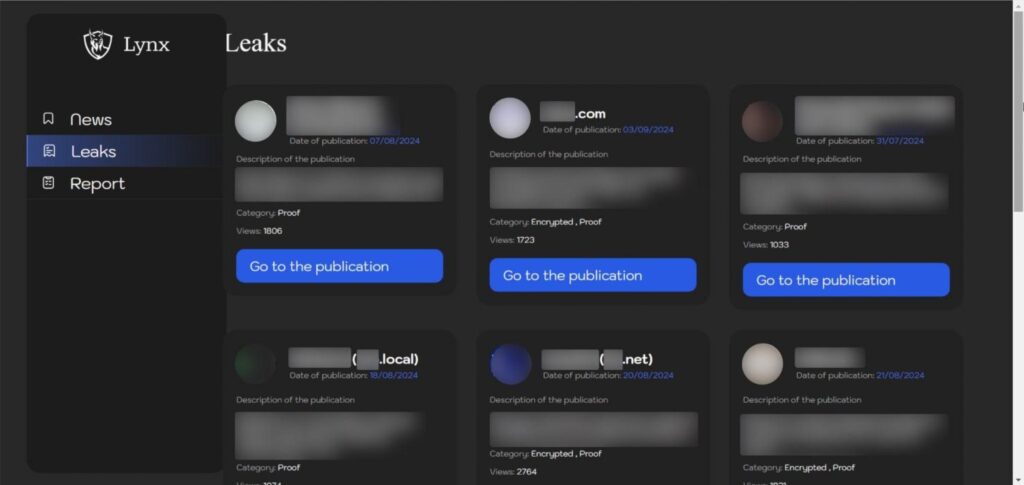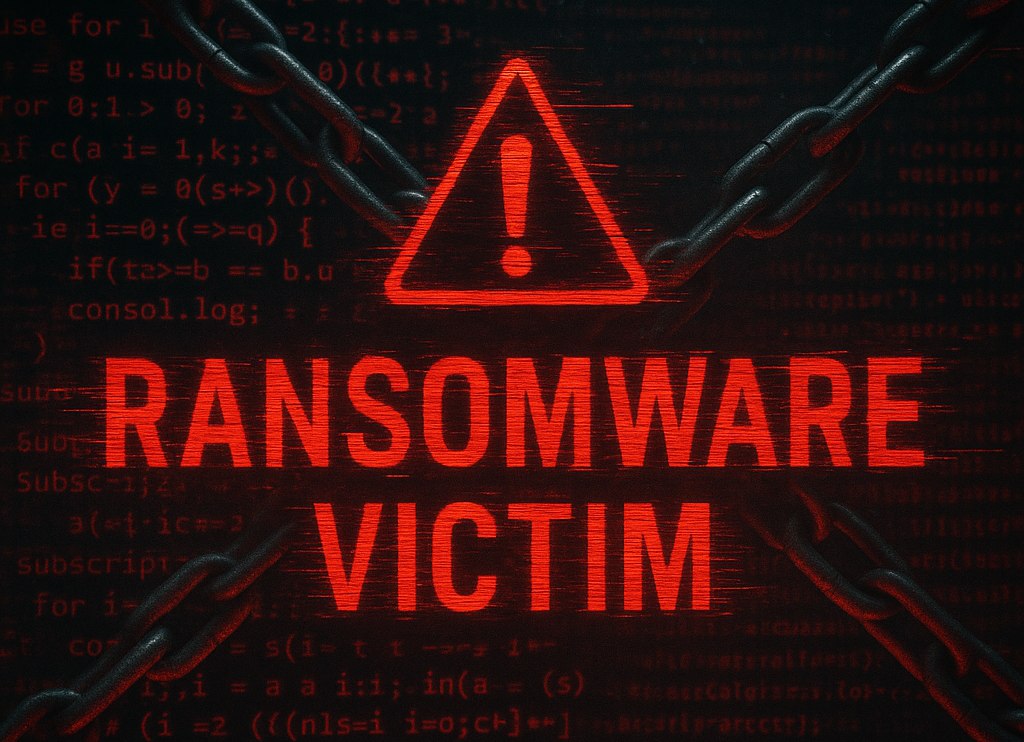The ransomware threats landscape escalated on July 22, 2025, when the Lynx group launched a devastating attack on gaming PC manufacturer iBUYPOWER and its sister brand HYTE. The attackers encrypted internal systems and exfiltrated sensitive data, threatening public release unless ransom demands were met. This computer ransomware incident echoes broader trends in supply-chain targeting and consumer data compromise. Cybersecurity teams must act swiftly to contain the breach and prevent future incidents.
How the iBUYPOWER Ransomware Attack Unfolded
On July 22, Lynx, a rebranded successor to the INC ransomware gang, claimed responsibility for breaching iBUYPOWER and HYTE. The group posted evidence of stolen files on its leak site, confirming the theft of customer databases, internal documents, and system credentials. Estimated to have begun in late June, the attack disrupted internal systems and disabled network access for corporate operations.
Compared to prior ransomware threats from the same group, this campaign intensified due to its dual focus—encrypting systems while exfiltrating proprietary and customer data. Unlike typical attacks that only lock files, Lynx’s approach aligns with double-extortion models. Security analysts tracking ransomware.live observed that iBUYPOWER was listed alongside 277 other victims, reinforcing this campaign’s extensive reach.
How the Attack Was Executed
The attack chain reportedly began with pivot access through a compromised vendor or internal credentials. Once inside the network, the attackers deployed ransomware payloads targeting critical infrastructure and backup systems. They used advanced encryption routines, making decryption without the decryption key infeasible. The exfiltrated data reportedly included customer names, order histories, support records, and internal emails.
Security researchers note that Lynx’s tools incorporate anti-detection features and custom command-and-control (C2) techniques. Their payloads often delay execution to avoid triggering early defenses. After encryption, they systematically compressed and exfiltrated data before uploading it to their dark web leak site. The combination of data theft and system shutdown raises the cost of remediation, targeting both operational resilience and reputational integrity.
In previous cases, Lynx leveraged phishing and brute-forced VPN credentials. While iBUYPOWER has not disclosed the initial attack vector, experts suggest similar methods were likely. The sophistication and scale of the breach underscores the evolving nature of computer ransomware—attacks moving beyond file-lockers to data-driven extortion strategies.
Impact on Customers, Business Operations, and Reputation
For customers, the breach may expose personal data, including names, addresses, purchase details, and support interactions. Although iBUYPOWER has not yet confirmed credit card information was affected, stolen records can empower phishing attacks, identity theft, and scam attempts. Retail electronics providers face amplified risk when combining customer and system data in one package.
iBUYPOWER’s operations suffered immediate paralysis: internal systems were inaccessible, production halted, and customer support disrupted. Recovery costs—including incident response, ransom negotiation (if any), and system rebuild—will likely stretch into millions of dollars. The event jeopardizes consumer trust in the brand, with many gamers and system builders citing security as a priority when purchasing custom hardware.
Strategies Against Ransomware Threats for Security Teams
Responding to this attack requires layered defenses. First, organizations must ensure offline backups exist and are tested regularly. These backups must be segmented from primary networks to avoid encryption in an attack. Second, implementing strict multi-factor authentication and VPN access controls can limit initial compromise—especially against groups known for phishing-driven intrusions.
Given Lynx’s use of advanced techniques including persistent C2 channels, threat intelligence feeds must be regularly updated. Security protocols should assume adversaries may already be inside the network. Zero-trust segmentation and micro-perimeter models can contain ransomware spread and exfiltration. Proactive tabletop drills simulating ransomware threats help readiness, as discussed in our coverage of the CHAOS RAT malware targeting Linux systems, and drive improvements in alerting, escalation, and stakeholder communication.

Data published on the Lynx ransomware website. (Source: Unit42)
Ransomware Trends into Mid‑2025
Lynx is part of a wave of aggressive ransomware groups prioritizing data theft over simple encryption. After renaming from their initial identity (INC), the group expanded operations in 2024–25 to target manufacturing, finance, and retail sectors. Their approach reflects a shift toward pressure-based extortion, forcing victims to pay to prevent highly sensitive data from being leaked.
This attack adds to a growing list of high-profile breaches in supply chain and hardware sectors. Earlier in July, logistics, electronics, and guest services companies reported similar data leak incidents. Through targeting trusted vendors and manufacturers, threat actors exploit gaps in vendor security maturity. Security teams are therefore shifting their monitoring focus to third-party interfaces and supply pipelines, knowing these may offer easier entry points than direct corporate networks.
The ransomware threats posed by the Lynx attack on iBUYPOWER illustrate the modern ransomware paradigm: blending destructive encryption with data exfiltration for greater leverage. Organizations must anticipate that every vendor interaction could be a point of entry and enforce cybersecurity hygiene accordingly. Monitoring, network segmentation, and incident preparedness are non-negotiable defenses in a world where computer ransomware is evolving toward full-scale corporate destabilization.





